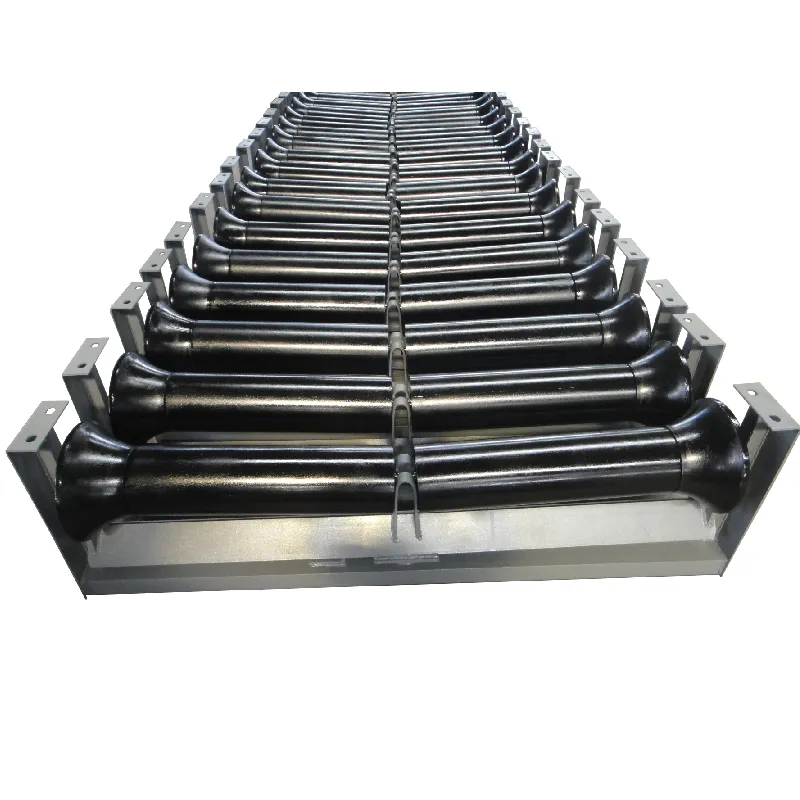 Afrikaans
Afrikaans  Albanian
Albanian  Amharic
Amharic  Arabic
Arabic  Armenian
Armenian  Azerbaijani
Azerbaijani  Basque
Basque  Belarusian
Belarusian  Bengali
Bengali  Bosnian
Bosnian  Bulgarian
Bulgarian  Catalan
Catalan  Cebuano
Cebuano  Corsican
Corsican  Croatian
Croatian  Czech
Czech  Danish
Danish  Dutch
Dutch  English
English  Esperanto
Esperanto  Estonian
Estonian  Finnish
Finnish  French
French  Frisian
Frisian  Galician
Galician  Georgian
Georgian  German
German  Greek
Greek  Gujarati
Gujarati  Haitian Creole
Haitian Creole  hausa
hausa  hawaiian
hawaiian  Hebrew
Hebrew  Hindi
Hindi  Miao
Miao  Hungarian
Hungarian  Icelandic
Icelandic  igbo
igbo  Indonesian
Indonesian  irish
irish  Italian
Italian  Japanese
Japanese  Javanese
Javanese  Kannada
Kannada  kazakh
kazakh  Khmer
Khmer  Rwandese
Rwandese  Korean
Korean  Kurdish
Kurdish  Kyrgyz
Kyrgyz  Lao
Lao  Latin
Latin  Latvian
Latvian  Lithuanian
Lithuanian  Luxembourgish
Luxembourgish  Macedonian
Macedonian  Malgashi
Malgashi  Malay
Malay  Malayalam
Malayalam  Maltese
Maltese  Maori
Maori  Marathi
Marathi  Mongolian
Mongolian  Myanmar
Myanmar  Nepali
Nepali  Norwegian
Norwegian  Norwegian
Norwegian  Occitan
Occitan  Pashto
Pashto  Persian
Persian  Polish
Polish  Portuguese
Portuguese  Punjabi
Punjabi  Romanian
Romanian  Russian
Russian  Samoan
Samoan  Scottish Gaelic
Scottish Gaelic  Serbian
Serbian  Sesotho
Sesotho  Shona
Shona  Sindhi
Sindhi  Sinhala
Sinhala  Slovak
Slovak  Slovenian
Slovenian  Somali
Somali  Spanish
Spanish  Sundanese
Sundanese  Swahili
Swahili  Swedish
Swedish  Tagalog
Tagalog  Tajik
Tajik  Tamil
Tamil  Tatar
Tatar  Telugu
Telugu  Thai
Thai  Turkish
Turkish  Turkmen
Turkmen  Ukrainian
Ukrainian  Urdu
Urdu  Uighur
Uighur  Uzbek
Uzbek  Vietnamese
Vietnamese  Welsh
Welsh  Bantu
Bantu  Yiddish
Yiddish  Yoruba
Yoruba  Zulu
Zulu Design and Functionality of Idler Bearing Housings in Machinery Applications
Understanding Idler Bearing Housing A Comprehensive Overview
Idler bearing housing is a crucial component in various machinery and mechanical systems. It serves as a support structure for the idler bearings which, in turn, facilitate the smooth motion of rotating elements. The idler bearing itself does not drive any load but is essential for maintaining the alignment and operation of components like belts or chains in transmission systems. This article delves into the significance, design, and applications of idler bearing housing.
What is Idler Bearing Housing?
Idler bearing housing is designed to encase and support idler bearings. Typically made from materials like cast iron, steel, or high-strength polymers, these housings are engineered to withstand significant mechanical stress and environmental conditions. The main function of the housing is to provide stability and protection to the bearings, ensuring they operate efficiently and have a long service life.
Importance in Machinery
Idler bearing housings play a vital role in various industrial and commercial applications. In conveyor systems, for instance, they help maintain proper tension on belts, preventing slippage and ensuring a consistent flow of materials. In automotive applications, idler bearings support the timing belts and chains, which are crucial for synchronizing the engine's moving parts. By ensuring smooth rotation and alignment, idler bearing housing contributes significantly to the overall efficiency and reliability of mechanical systems.
Design Considerations
When designing idler bearing housing, several factors must be considered
idler bearing housing

1. Load Capacity The housing must be designed to handle the specific loads it will encounter in its application, ensuring durability and performance. 2. Material Selection The choice of material can significantly impact the housing's strength, weight, and resistance to environmental factors like corrosion or heat.
3. Dimensions The dimensions must accommodate the size of the idler bearings and any other components they interact with, ensuring a proper fit and alignment.
4. Lubrication Requirements Adequate provisions for lubrication must be included to ensure the bearings operate smoothly and reduce wear.
5. Ease of Maintenance Designing the housing with maintenance in mind can facilitate easy access for inspections and replacements, minimizing downtime.
Applications
Idler bearing housings are utilized across various industries. In the mining sector, they are integral to conveyor systems that transport materials. They are also common in manufacturing plants, where they help automate processes involving belt-driven equipment. Furthermore, in the automotive field, idler bearing housings are found in engine designs, ensuring the proper functioning of timing mechanisms.
Conclusion
In summary, idler bearing housing is an essential component that supports and protects idler bearings, which are vital for the operation of many mechanical systems. Understanding its design, functionality, and applications helps engineers and technicians ensure that machinery operates efficiently and reliably. As industries continue to evolve, the role of idler bearing housing will remain significant in enhancing performance and durability in various applications. With ongoing advancements in materials and design techniques, the future of idler bearing housings looks promising, driving innovation across multiple sectors.
-
Revolutionizing Conveyor Reliability with Advanced Rubber Lagging PulleysNewsJul.22,2025
-
Powering Precision and Durability with Expert Manufacturers of Conveyor ComponentsNewsJul.22,2025
-
Optimizing Conveyor Systems with Advanced Conveyor AccessoriesNewsJul.22,2025
-
Maximize Conveyor Efficiency with Quality Conveyor Idler PulleysNewsJul.22,2025
-
Future-Proof Your Conveyor System with High-Performance Polyurethane RollerNewsJul.22,2025
-
Driving Efficiency Forward with Quality Idlers and RollersNewsJul.22,2025





























